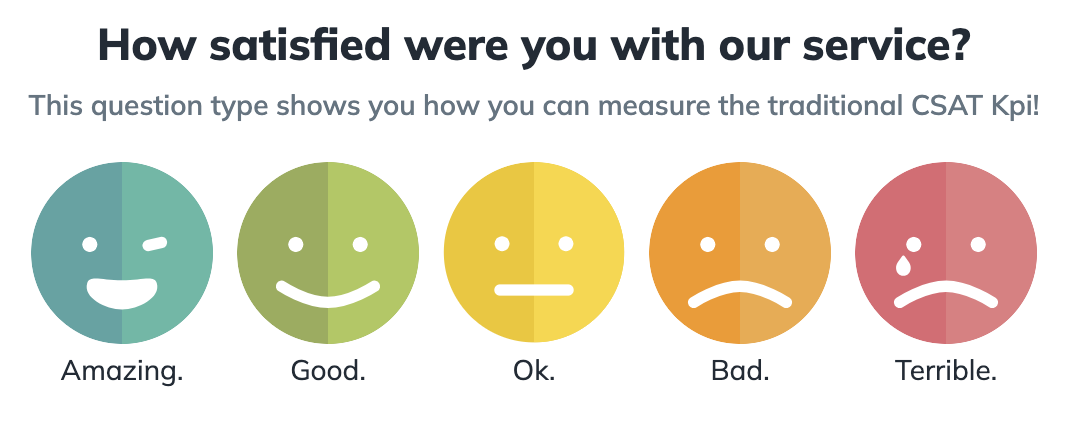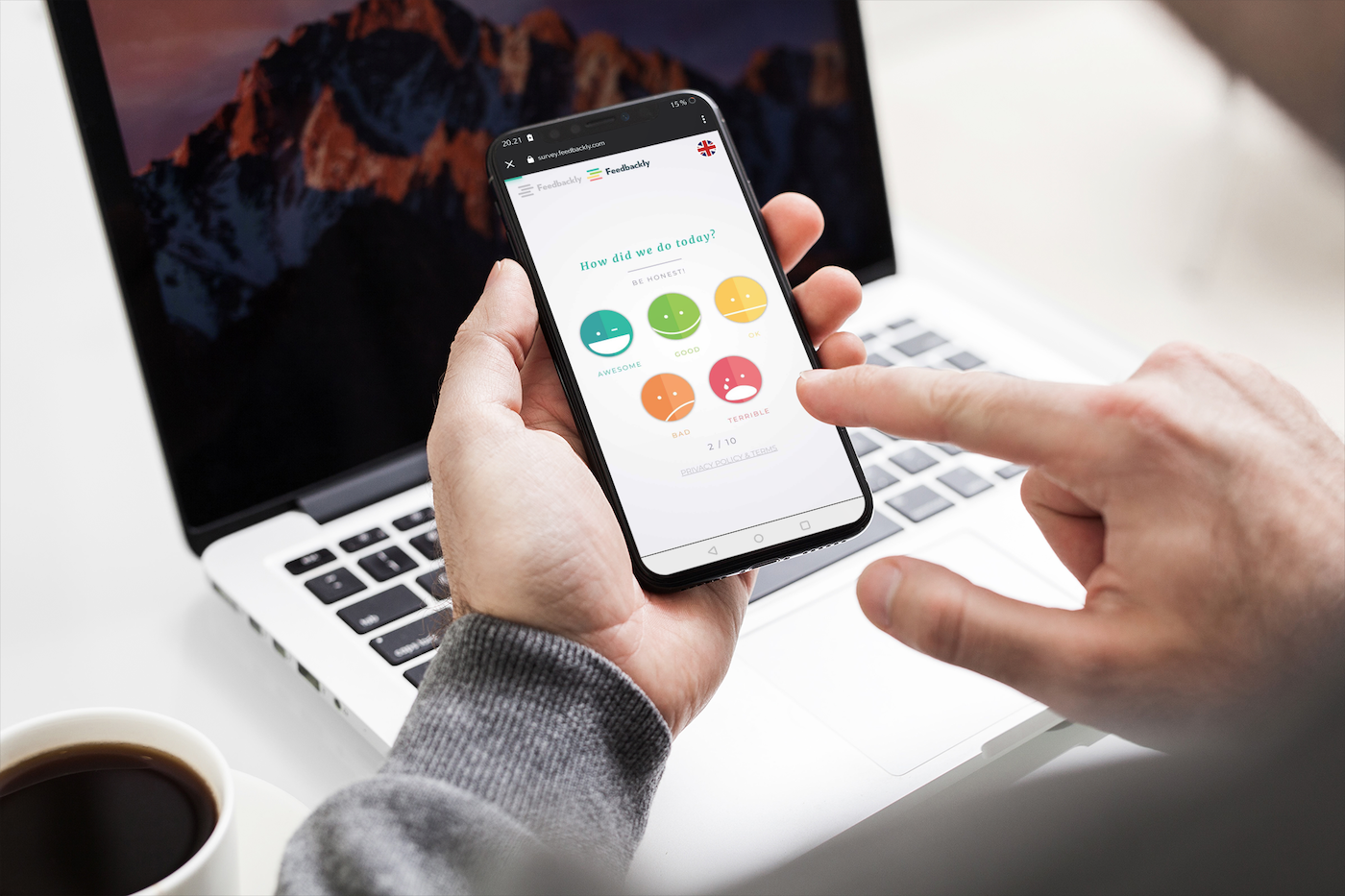The customer satisfaction survey (CSAT) is a known Customer Experience metric that simply put, helps to measure your customers’ satisfaction level with your product or service.
Customer satisfaction is like the cherry on top for any brand. Happy customers are a resonance of the quality of your products and a pivotal element for your brand’s success. Customer satisfaction is also essential for your business’s growth.
However, many companies perform abysmally when it comes to offering customers with a satisfactory service. Regardless of the underlying reason, brands need to focus on improving their experience for their clientele if they are to sustain themselves for the long term.
This is where CSAT surveys come into use.
What is a CSAT Survey?
Customer Satisfaction (CSAT) survey aims to measure the quality of customer service offered by a brand. It is a simple metric that asks the user to rate their satisfaction regarding a product, service, or experience. The survey can contain a question that goes along the lines of “How would you rate your satisfaction with our product?” The customer can typically respond on a scale of 1-5, ranging from very unsatisfied to very satisfied.
It’s also noteworthy that CSAT is not the only metric to measure satisfaction. You can also use EVI® to gain an in-depth understanding of how customers perceive and feel about your brand.
Below is an example of a CSAT survey that is created on Feedbackly. On Feedbackly, you can choose the scale to be from left to right or right to left, add your custom texts under the images, and even use custom images for custom branding!

When Should You Use a CSAT Survey?
The versatility of CSAT surveys makes them applicable to almost any situation related to customer satisfaction. Moreover, CSAT is not limited to one stage in the customer journey, unlike KPIs like NPS. It can be used to measure any touchpoint at any stage in the buying journey.
In this regard, you can use CSAT for a diverse range of applications that includes but is not limited to measuring the efficacy of:
- Products or services offered
- Website experience
- Sales support
- Payment methods and the checkout process
- Cancellation and returns process
- Overall buying experience
There are also a couple of downsides of CSAT that are good to be aware of. First, CSAT is strongly biased toward satisfaction. Also, CSAT measures only customer happiness level and it doesn’t always correlate with loyalty. This KPI comparison table gives a great overview of how CSAT compares with other CX KPIs.
Through Feedbackly, you can create and customize attractive CSAT surveys and automate the feedback collection and management process. You can gather data through digital and offline touchpoints. With our user-friendly dashboard, you can monitor the CSAT scores and take prompt action whenever necessary.
Also, customer satisfaction is an aspect that affects every unit in the business, from sales to marketing to product development. With Feedbackly’s seamless integration with other platforms, sharing your survey results with other teams is much easier.
How to Use Your CSAT Survey?
CSAT survey will give you a fairly straightforward answer regarding your client satisfaction. But the metric is not without its share of ambiguities. Satisfaction is a subjective and relative element, and the survey may not reflect the true intensity of the sentiment.
Moreover, a higher CSAT score may not necessarily be an accurate reflection of factors like loyalty, advocacy, and happiness. The CSAT survey also doesn’t provide contextual information to help you determine the underlying causes for the responses.
So, how can we avoid the shortcomings and use the survey to improve customer experience?
Our recommendation is to include an open-ended question in your CSAT survey to gather more insight, especially when it comes to low ratings. It also gives the customers a chance to express their opinions and explain more about the issue.
In order to analyze and interpret your CSAT survey results more effectively, use a multitude of metrics along with it. For example, you can use CSAT and EVI® surveys to determine the correlation between satisfaction levels and customer feelings and behavior. Similarly, incorporate NPS, CES, and other KPIs to get a comprehensive overview of customer experience.
Wanna learn more?
At this webinar, Feedbackly’s Kristian Stolt gave a comprehensive overview of feedback collection and how to turn customer feedback data into action and measurable results. Get the replay of it here.



